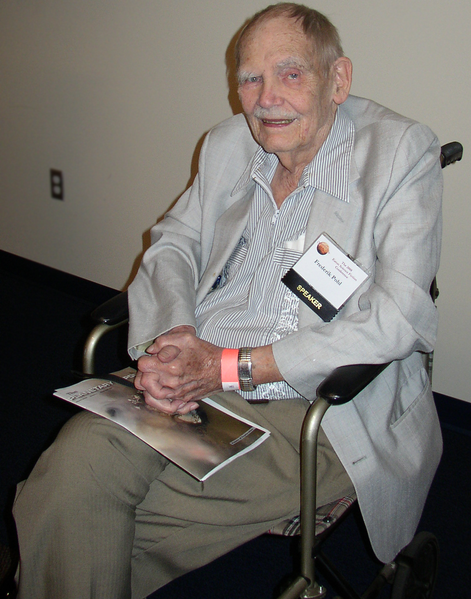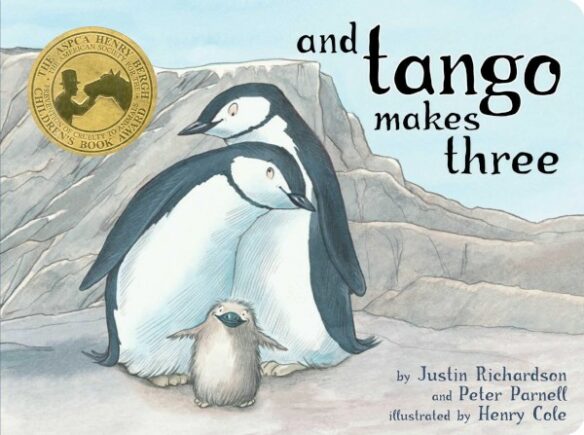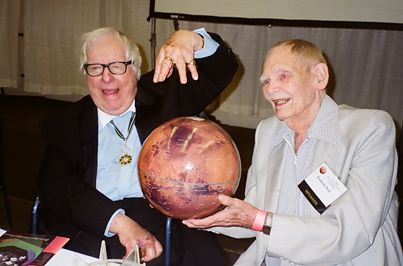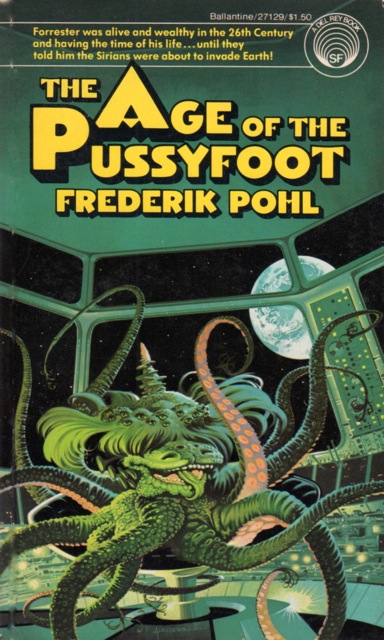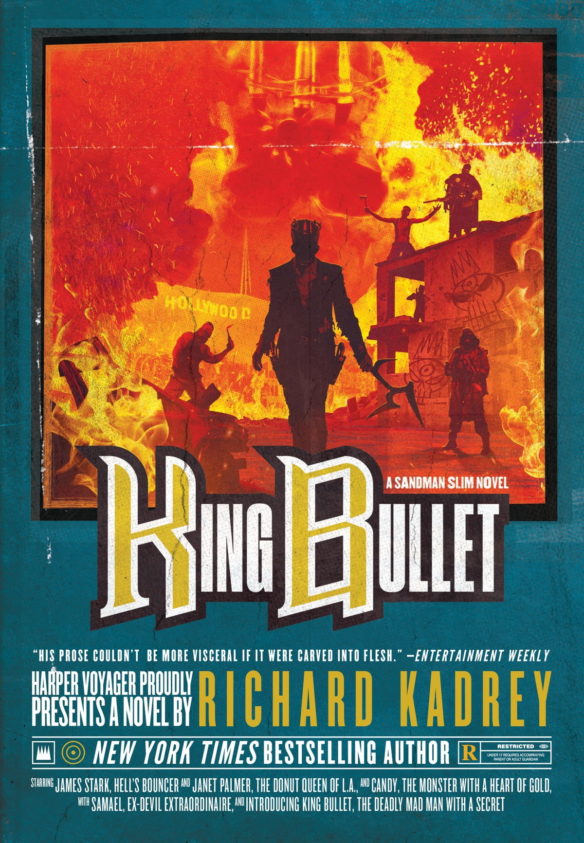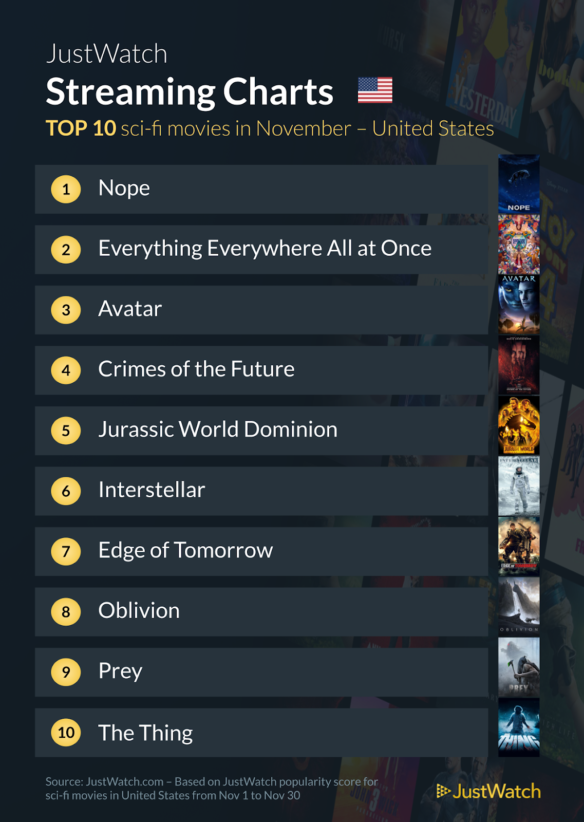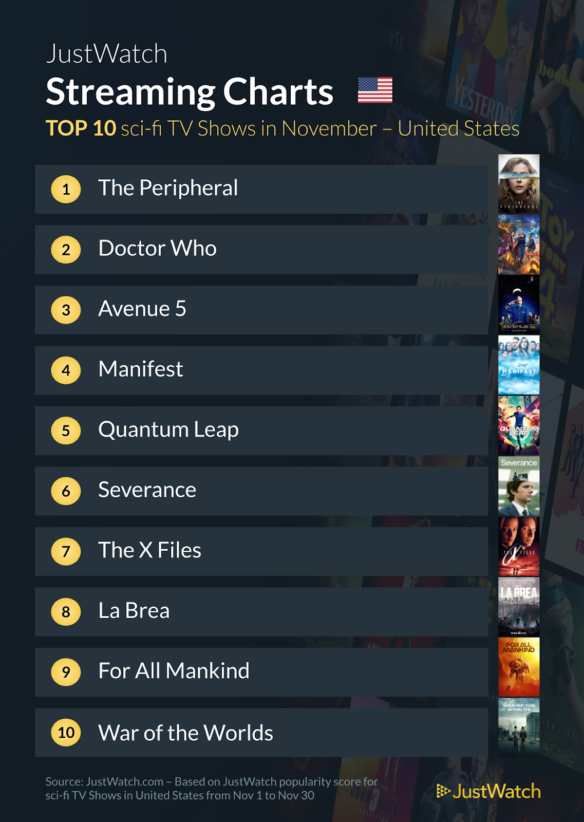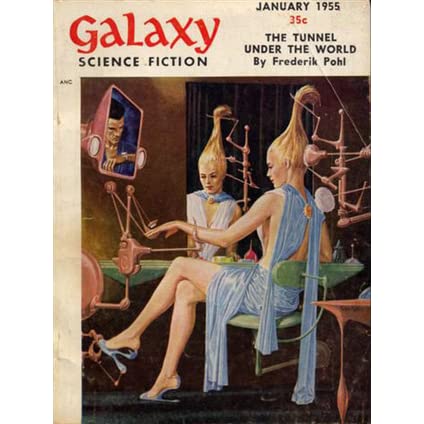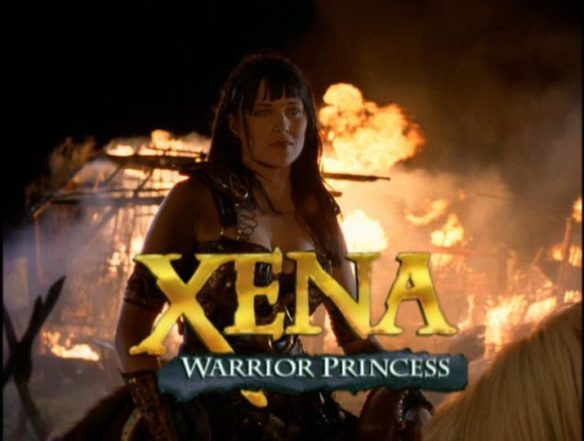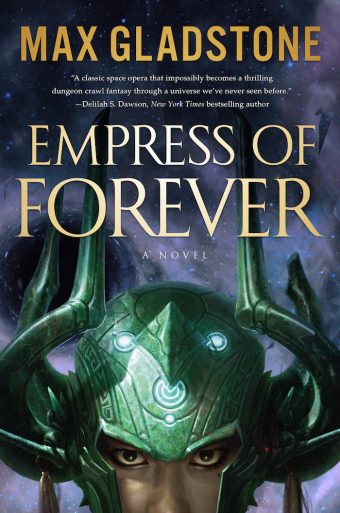(1) BULWER-LYTTON RIDES OFF INTO THE SUNSET. Last week Scott Rice told fans of The Bulwer-Lytton Fiction Contest, “Au Revoir, Noble Bulweriers!”
It is with deep regrets that I announce the conclusion of the Bulwer-Lytton Fiction Contest. Being a year and a half older than Joseph Biden, I find the BLFC becoming increasingly burdensome and would like to put myself out to pasture while I still have some vim and vigor!
When I initiated the competition in 1983, inviting entrants to submit bad opening sentences to imaginary novels, I never dreamed that we would receive thousands of entrants from all over the U.S. and the globe, or that the contest would survive for over four decades.I am especially grateful to our entrants for keeping the contest alive and to our Panel of Undistinguished Judges who dutifully selected each year’s “winners.” And, of course, I would like to thank my daughter, EJ, who has been indispensable the last several years of the contest. It’s been 42 good years but, alas, all good things must come to an end. Rest assured we’re keeping the BLFC spirit alive by maintaining our archive for posterity so that generations and generations hence may witness your greatness!
(2) ERRATA REDUX. The UK’s SF Gateway bookselling site is having a little trouble identifying author “William Rotsler”, co-author with Gregory Benford of Shiva Descending. As Andrew Porter pointed out to them, this is a photo of Robert Silverberg.

It isn’t the first time something like this has happened to Rotsler. When he was the 1973 Worldcon Fan Guest of Honour, the designer of TorCon 2’s program book erroneously ran a photo of John Schoenherr instead of Rotsler. (Coincidentally, Robert Silverberg was the author of that 1973 bio!)
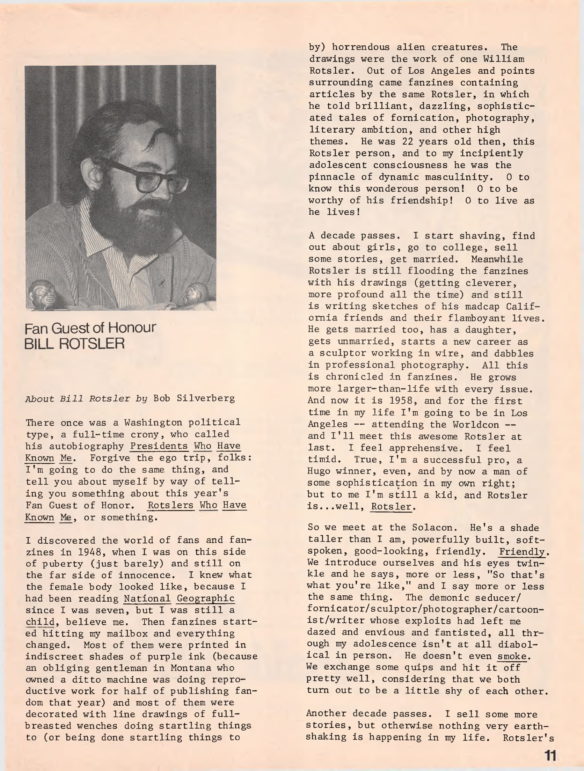
(3) DROPPING FAST. The Guardian reports “US added to international watchlist for rapid decline in civic freedoms”.
The United States has been added to the Civicus Monitor Watchlist, which identifies countries that the global civil rights watchdog believes are currently experiencing a rapid decline in civic freedoms.
Civicus, an international non-profit organization dedicated to “strengthening citizen action and civil society around the world”, announced the inclusion of the US on the non-profit’s first watchlist of 2025 on Monday, alongside the Democratic Republic of the Congo, Italy, Pakistan and Serbia….
(4) NEW DAVE HOOK POSTS. A Deep Look by Dave Hook praises “’Deep Dream: Science Fiction Exploring the Future of Art’, Indrapramit Das editor, 2024 The MIT Press”.
The Short: I recently read Deep Dream: Science Fiction Exploring the Future of Art, Indrapramit Das editor, 2024 The MIT Press. My favorites of the ten short stories were “Encore“, by Wole Talabi, “The Quietude” by Lavie Tidhar, and “Autumn’s Red Bird“, by Aliette de Bodard. The essays and art were great also. My overall rating was 3.88/5, or “Great”. Strongly recommended.
And for an encore, Dave Hook shares “My 2025 Hugo Nominations”. His list includes —
Best Related Work nomination:
I nominated “The 2023 Hugo Awards: A Report on Censorship and Exclusion“, Chris Barkley & Jason Sanford Author/Editors, File770/Genre Grapevine, February 14, 2024.
(5) FUTURE TENSE. February’s Future Tense Fiction story is “Mothering the Bay,” by Deji Bryce Olukotun—a story about AI, misinformation, and parenting, set on the BART public transit system in California’s Bay Area.
The response essay, “The Awareness Imperative”, is by educational technologist Babe Liberman.
(6) PAGING CAPTAIN PIKE’S BARBER. “Star Trek: Strange New Worlds Season 3 Character Posters” – there are 13 images in the gallery. The Captain looks like he stuck his head out a porthole while the ship was at Warp 3. I rather like the photo of Scotty, though.
Paramount+ reveals new character art for Season 3 of Star Trek: Strange New Worlds!
The new character art features Anson Mount as Captain Christopher Pike, Rebecca Romijn as First Officer Una Chin-Riley, Ethan Peck as Spock, Jess Bush as Nurse Christine Chapel, Christina Chong as La’An Noonien-Singh, Celia Rose Gooding as Nyota Uhura, Melissa Navia as Erica Ortegas and Babs Olusanmokun as Dr. M’Benga.
In addition to the main cast, we have recurring guests Paul Wesley as James T. Kirk, Melanie Scrofano as Marie Batel, Martin Quinn as Montgomery ‘Scotty’ Scott, and Carol Kane as Pelia.
Star Trek: Strange New Worlds is based on the years Captain Christopher Pike manned the helm of the U.S.S. Enterprise.


(7) KAZUO ISHIGURO Q&A. [Item by Steven French.] With a 20th Anniversary special edition of his science fiction novel Never Let Me Go about to be published, Nobel prize winner Kazuo Ishiguro is interviewed by the Guardian and discussed his openness to speculative fiction, his own opinion of his prose style and the dangers posed by the increasing use of AI: “’AI will become very good at manipulating emotions’: Kazuo Ishiguro on the future of fiction and truth”.
Never Let Me Go had a long gestation period, as Ishiguro explains in his introduction to a new edition; for many years, it existed merely as thoughts and notes about a group of students whose lifespan – perhaps as the result of a nuclear accident – was markedly different from their peers. The breakthrough came via a combination of external factors and timing: societal interest in the potential benefits and dangers of cloning, at its most headline-grabbing in the shape of Dolly the sheep; and a shift in writing and publishing that made a place in so-called literary novels for the techniques and practices of speculative fiction.
“I gave myself permission to use what traditionally might have been called genre tropes,” Ishiguro explains. “And that wasn’t because I was being terribly brave or anything. I think the climate around me changed; the next generation of writers, people about 15 years younger than me, didn’t see anything weird about it, at least the people I happened to become friends with, David Mitchell or Alex Garland. They were taking their cues from all kinds of places and I really liked their work.”
(8) SIMON FISHER-BECKER (1961-2025). “Simon Fisher-Becker dead: ‘Harry Potter,’ ‘Doctor Who’ actor was 63” reports USA Today.
Simon Fisher-Becker, a British actor known for his roles on “Doctor Who” and in the first “Harry Potter” film, has died. He was 63.
Fisher-Becker’s death was confirmed by his agency in a statement issued to USA TODAY on Monday.
“Today, I lost not only a client Simon Fisher-Becker, but a close personal friend of 15 years standing,” the statement said. “I shall never forget the phone call I made to him when he was offered the part of ‘Dorium’ in Dr Who. He had been a fan of the show since he was a child.
“Simon was also a writer, a raconteur and a great public speaker. He helped me out enormously and was always kind, gracious and interested in everyone. My condolences go to his husband Tony, his brother, nieces and nephews and his legion of fans.”
Fisher-Becker portrayed the Fat Friar, a ghost from Hufflepuff, who appeared in 2001’s “Harry Potter and the Sorcerer’s Stone.” In the film, he comes through the floor of the Hogwarts dining hall as several ghosts arrive, including Nearly Headless Nick.
The actor also starred as Dorium Maldovar on the British sci-fi series “Doctor Who.” He played the role in the fifth and sixth seasons of the modern reboot opposite Matt Smith’s Doctor….
(9) MEMORY LANE.
[Written by Cat Eldridge.]
Frederik Pohl’s Gateway wins the Hugo for Best Novel (1978)
Forty-six years ago at IguanaCon II, where Tim Kyger was the Chair, Harlan Ellison was the pro guest, and Bill Bowers was the fan guest, Frederik Pohl’s Gateway wins the Hugo for Best Novel.
The other nominated works for that year were The Forbidden Tower by Marion Zimmer Bradley, Lucifer’s Hammer by Larry Niven and Jerry Pournelle, Time Storm by Gordon R. Dickson and Dying of the Light by George R. R. Martin.
It was serialized in the November and December 1976 issues of Galaxy prior to its hardcover publication by St. Martin’s Press. A short concluding chapter, cut before publication, was later published in the August 1977 issue of Galaxy.
It would win damn near every other major Award there was as it garnered the John Campbell Memorial for Best Science Fiction Novel, the Locus Award for Best First Novel, the Nebula Award for Novel and even the Prix Pollo Award for Best Science Fiction Novel published in France. It was nominated for but did not win the Australian Ditmar Award.
It’s the opening novel in the Heechee saga, with four sequels that followed. It is a most exceptional series. I’ve read I think all of them.
I’m chuffed that Pohl was voted a Hugo for Best Fan Writer at Aussiecon 4. Who can tell what works got him this honor?
Gateway of course is available at the usual suspects.
If I’m remembering right, there was talk of a film for awhile.

(10) COMICS SECTION.
- Bizarro has a break-up line.
- Brewster Rockit is too ready for a close-up.
- The Argyle Sweater gets ready to compress.
- Yaffe provides a start.
(11) THE NEXT DISRUPTION. The Guardian asks, “Are AI-generated video games really on the horizon?”
Another month, another revolutionary generative AI development that will apparently fundamentally alter how an entire industry operates. This time tech giant Microsoft has created a “gameplay ideation” tool, Muse, which it calls the world’s first Wham, or World and Human Action Model. Microsoft claims that Muse will speed up the lengthy and expensive process of game development by allowing designers to play around with AI-generated gameplay videos to see what works.
Muse is trained on gameplay data from UK studio Ninja Theory’s game Bleeding Edge. It has absorbed tens of thousands of hours of people’s real gameplay, both footage and controller inputs. It can now generate accurate-looking mock gameplay clips for that game, which can be edited and adapted with prompts.
All well and good, but in an announcement video for Muse, Microsoft Gaming CEO Phil Spencer caused confusion when he said that it could be invaluable for the preservation of classic games: AI models, he implied, could “learn” those games and emulate them on modern hardware. It’s not clear how this would be possible. Further muddying the waters, Microsoft’s overall CEO Satya Nadella then implied in a podcast interview that Muse was the first step in creating a “catalogue” of AI-generated games.
But Muse, as it stands, can’t create a game – it can only create made-up footage of a game. So just what is this new gaming AI tool? A swish addition to game developers’ tool belts? Or the first step towards an era of AI-generated gaming detritus?…
(12) CLIPPING SERVICE. Filer Lise Andreasen says, “I made a joke!”

(13) MIND INTO MATTER. “Vesuvius Turned a Roman Man’s Brain Into Glass. Now, Scientists Reveal How the Extremely Rare Preservation Happened” in Smithsonian Magazine.
In 79 C.E., Mount Vesuvius erupted, burying the nearby ancient Roman city of Pompeii and the smaller town of Herculaneum under deadly layers of volcanic ash, pumice and pyroclastic flows. But the disaster that demolished the two settlements also immortalized them, preserving everything from the shape of victims’ bodies to frescoes in private villas and library scrolls.
Archaeologists even discovered the remains of a young man whose brain and parts of his spinal cord had turned into glass. Scientists had never seen a glassy soft tissue in nature before—and no one has found anything like it since….
…The recent study, however, supports the 2020 research claiming that the remains are indeed a brain—they found preserved neurons and axons, as well as proteins known to be common in brain tissue. They conclude the vitrification was caused by an ash cloud that arrived in Herculaneum before the pyroclastic flows from the volcano….
…But there’s a catch: “Conditions must have been very, very specific, because the organic tissue must have experienced a heating fast enough not to entirely destroy it (which is instead the most common occurrence) and then fast-cool to turn into glass,” Giordano says to Popular Science’s Andrew Paul.
To achieve those specific circumstances, the skull and spine acted as protective layers, shielding the soft tissue within from a bit of the heat. “The glass that formed as a result of such a unique process attained a perfect state of preservation of the brain and its microstructures,” the team writes in the paper.
Giordano tells Live Science’s Tom Metcalfe that they found charcoal fragments in Herculaneum that supported their idea. These fragments “experienced multiple [heating] events, and the highest temperatures were associated with the early, super-hot ash cloud.”
Benjamin Andrews, a volcanologist at the Smithsonian’s National Museum of Natural History who was not involved in the study, tells Science’s Collin Blinder that the team’s findings are “remarkable.”
“There’s a huge story, a huge wealth of information, contained in these little particles,” he adds.
Not everyone agrees with the new conclusions, however. For example, Alexandra Morton-Hayward, a forensic anthropologist at the University of Oxford in England who was also not involved in the research, is not convinced that the glassy material is indeed parts of the man’s brain. She maintains that soft tissue vitrification is “incredibly unlikely,” per CNN….
(14) LUNAR ECLIPSE VISIBLE FROM THE AMERICAS. Coming March 14: “Total lunar eclipse to mesmerise skywatchers in March” reports the Guardian.
This week, the moon experiences a total lunar eclipse, which although not as spectacular as a total solar eclipse is still a beautiful celestial sight to behold.
A total lunar eclipse occurs when the full moon passes directly behind Earth, through our planet’s shadow. Skywatchers first see the shadow of Earth creeping across the face of the moon. This is known as the partial phase.
Then, during the total phase, when the moon is engulfed by Earth’s shadow, the lunar surface turns a deep red colour. In the last phase, also known as a partial phase, Earth’s shadow slips off the lunar surface and all returns to normal.
It is a leisurely process, taking more than three hours to complete. On 14 March, the partial eclipse begins at 0509 GMT. The total phase begins at 0658 GMT before returning to a partial phase at 0731 GMT. This final partial phase then ends at 0847 GMT.
Unfortunately for European and African viewers, only the initial partial phase will be visible. Observers in North and South America, however, will be treated to the whole thing. Parts of Asia and Australia will then catch the final partial phase.
(15) FILK HISTORY. “Margaret Middleton – A Shaper of Modern Filk (Part 2 of 2), interviewed by Edie Stern” has been posted by FANAC.org on YouTube.
Title: Margaret Middleton – A Shaper of Modern Filk (Part 2 of 2), interviewed by Edie Stern
Description: FANAC History Zoom: February 2025: Named to the Filk Hall of Fame in 1996, and a long time officer of the Filk Foundation, Margaret Middleton has been instrumental in the shaping of modern filk, as well as a mainstay of Arkansas fandom. She’s published multiple fanzines, including Kantele, and was a founder of the first specialized filk convention, Filkcon 1.
In Part 2 of this 2 part recording, the conversation ranges from Margaret’s taxonomy of filk, to tips for busking at the Farmer’s Market, and to the effect of the internet on filking and the filk community. We also learn about Margaret-when-she’s not filking, including her involvement in the Civil Air Patrol, quilting and her professional responsibilities for “measuring piles of dirt and holes in the ground.” … It’s a wide-ranging conversation, and ends with barbershop quartets, the Ballad of Eskimo Nell (discussed – not sung), the relationship of quilts to filk conventions and audience Q&A…For those interested in the history of filk, this 2 part interview is highly recommended.
[Thanks to Teddy Harvia, Mike Kennedy, Andrew Porter, Joey Eschrich, John King Tarpinian, Chris Barkley, Cat Eldridge, SF Concatenation’s Jonathan Cowie, Mark Roth-Whitworth, Steven French, and Kathy Sullivan for some of these stories. Title credit belongs to File 770 contributing editor of the day Daniel Dern.]


